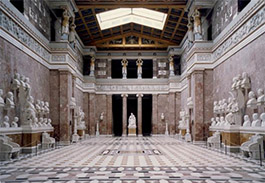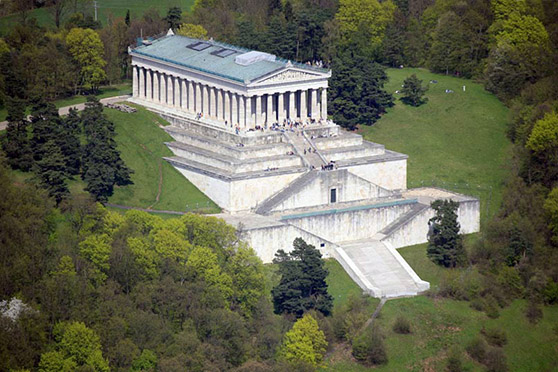
Walhalla is a German hall of national glory
 |
Young Louis started to think about a dignified commemoration of great Germans at a time when the country was fragmented into many small states and had to endure humiliating defeats from Napoleon's armies. Walhalla, named after the dwelling place of the bravest fallen warriors in Germanic mythology, was intended to strengthen the national consciousness of Germans and their sense of belonging.
The construction of the building, which was modeled after the Pantheon in Athens, lasted under the guidance of architect Leo von Klenze for a long 12 years and was ceremonially opened on October 18, 1842. Since then, its walls have housed busts and plaques commemorating significant personalities, primarily from German-speaking countries. At irregular intervals, these are supplemented with new ones according to received and approved proposals. Within Walhalla, one can find the faces of the first post-war chancellor Konrad Adenauer, physicist Albert Einstein, composer Johannes Brahms, and poet Heinrich Heine.
 |
The English translation is powered by AI tool. Switch to Czech to view the original text source.
1 comment
add comment
Subject
Author
Date
German není německé
raval
31.10.10 09:47
show all comments












